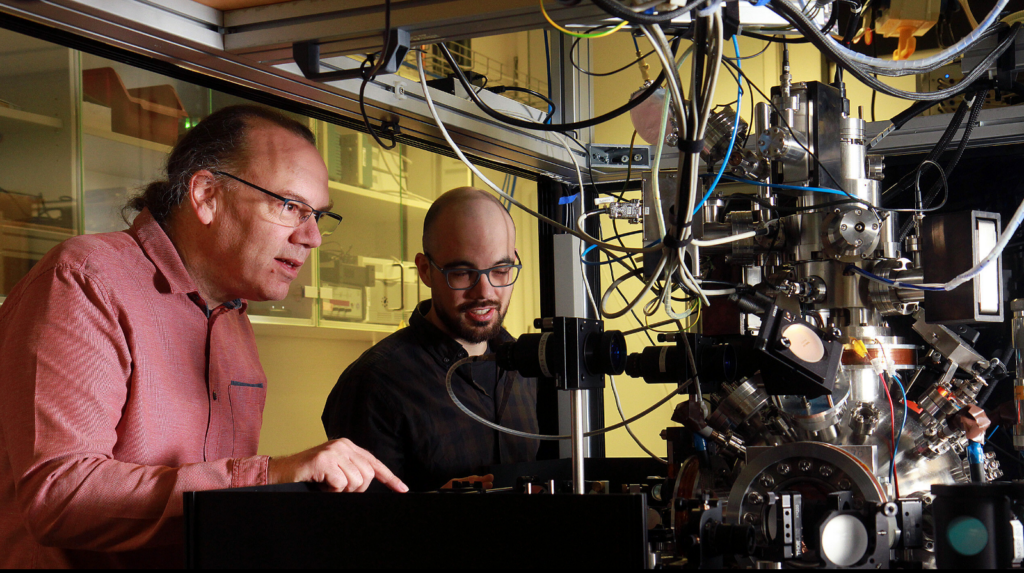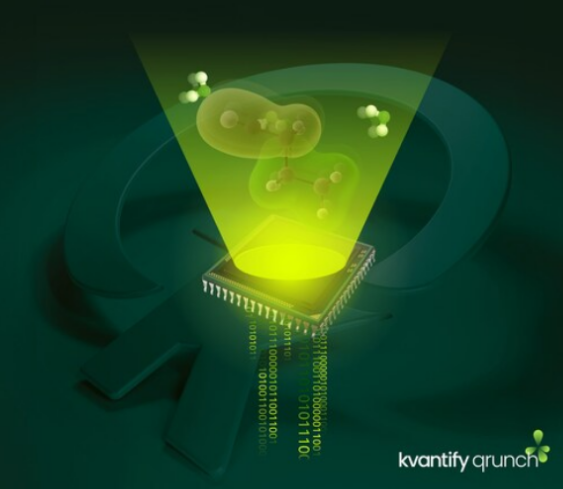Insider Brief:
- Quantum mechanics, known for its unpredictability, reveals new insights into physics as interest in quantum technology grows.
- Entropy, often simplified as “disorder,” actually measures information flow in systems, impacting fields from data compression to biology.
- Recent studies show that entropy in quantum systems behaves unexpectedly, with three classical definitions diverging in noncommuting quantum contexts.
- This research suggests traditional thermodynamic models may need revision, as quantum entropy challenges the assumptions of stability and consistency.
Quantum science is the ultimate rule-breaker, causing chaos in its wake at every chance it gets. However, one of the positive byproducts of increased awareness and interest in the development of quantum technology is additional insight into quantum mechanics, the division of physics that has long caused equal amounts of distress and wonder.
Another enigmatic topic within the physical sciences is entropy. Entropy is often simplified to fit within the confines of such words as “chaos” and “disorder,” but this does not always do justice. Entropy has deep roots within information theory and describes the flow of information within a system. This concept extends beyond physics, influencing areas such as data compression, where entropy measures the amount of information encoded within a message, and even biology, where it plays a role in understanding the organization and evolution of complex systems.
While we have studied entropy in depth across many years, recent experiments show that entropy within quantum systems behaves in entirely unexpected ways. Surprisingly, three definitions of entropy that once seemed equivalent no longer align, and none accurately describe entropy’s behavior in quantum systems.

The Quantum Paradox of Noncommuting Quantities
In classical physics, order is reliable. Take the dimensions of an object, room, or even a dress: measuring one dimension before another doesn’t change the overall area, because dimensions are “commutable.” This principle of commutability is familiar from grade-school math: regardless of the order, the sum in an addition problem remains the same.
Quantum systems, however, thrive on unpredictability. In a recent study published in PRXQuantum, a team from the National Institute of Standards and Technology and the University of Rochester noted that “noncommuting” quantities disrupt classical entropy definitions in surprising ways. Noncommuting properties, such as quantum spins, yield different values based on measurement order; for example, a particle’s vertical spin differs if measured before or after its horizontal spin. As it pertains to quantum systems, what was once thought to be a universal measure of disorder fractures, becoming a dynamic reality where different entropy definitions diverge. This study challenges the stability of classical thermodynamics, pushing us to rethink the role of entropy in quantum mechanics.
Three Faces of Entropy
For nearly two centuries, entropy has worn three masks—disorder, irreversibility, and uncertainty—seemingly interchangeable across various systems. Yet, where quantum mechanics is concerned, these definitions fall out of step with one another. As discovered in the study, that calculations of entropy change—whether viewed as disorder, irreversibility, or uncertainty—yield different answers when applied to noncommuting quantum systems. This disparity forces us to confront the unsettling possibility that entropy, in its quantum form, may not be what we thought.
Each classical definition, long trusted for systems governed by commutative properties, falls apart when applied to the chaotic interactions of noncommuting quantum charges, as noted in the study. For instance, entropy as a measure of disorder doesn’t line up with entropy as the difficulty of reversing a process in a quantum system, as the study shows, which ultimate invites us to question our basic understanding of thermodynamics within quantum mechanics.
Rewriting the Rules of Entropy
As Shayan Majidy at Harvard University put it in a recent New Scientist article on quantum and entropy, when the assumption that quantities commute is removed, it’s like pulling a block from a Jenga tower—well-established models start to unravel. The findings from the NIST team highlight the unique challenges and complex nature of quantum entropy, which may not even represent a stable quantity in some cases. The team found, for example, that entropy can yield nonreal, even imaginary, values in quantum systems, introducing a new layer of ambiguity to our understanding of disorder.
Such complexity, though, has practical implications. Majidy also comments that researchers must now be mindful when selecting entropy definitions for quantum studies. Classical assumptions no longer apply universally, especially in fields like quantum thermodynamics and quantum information science, where entropy influences system efficiency and information accuracy
Quantum Technology as One Node in a Loop
Quantum mechanics, with its penchant for rebellion, is, here and there, unraveling the neat edges of physics. As quantum technology continues to evolve, so too will our understanding of entropy’s nature.
This ongoing insight into quantum technology adds to the intrigue. As we deepen our understanding of quantum mechanics, so too are we equipped to develop advanced quantum technology. In that way, quantum technology creates a space where fundamental science and technology evolve in tandem.
Contributing authors on the study include Twesh Upadhyaya, William F. Braasch, Jr., Gabriel T. Landi, and Nicole Yunger Halpern.















